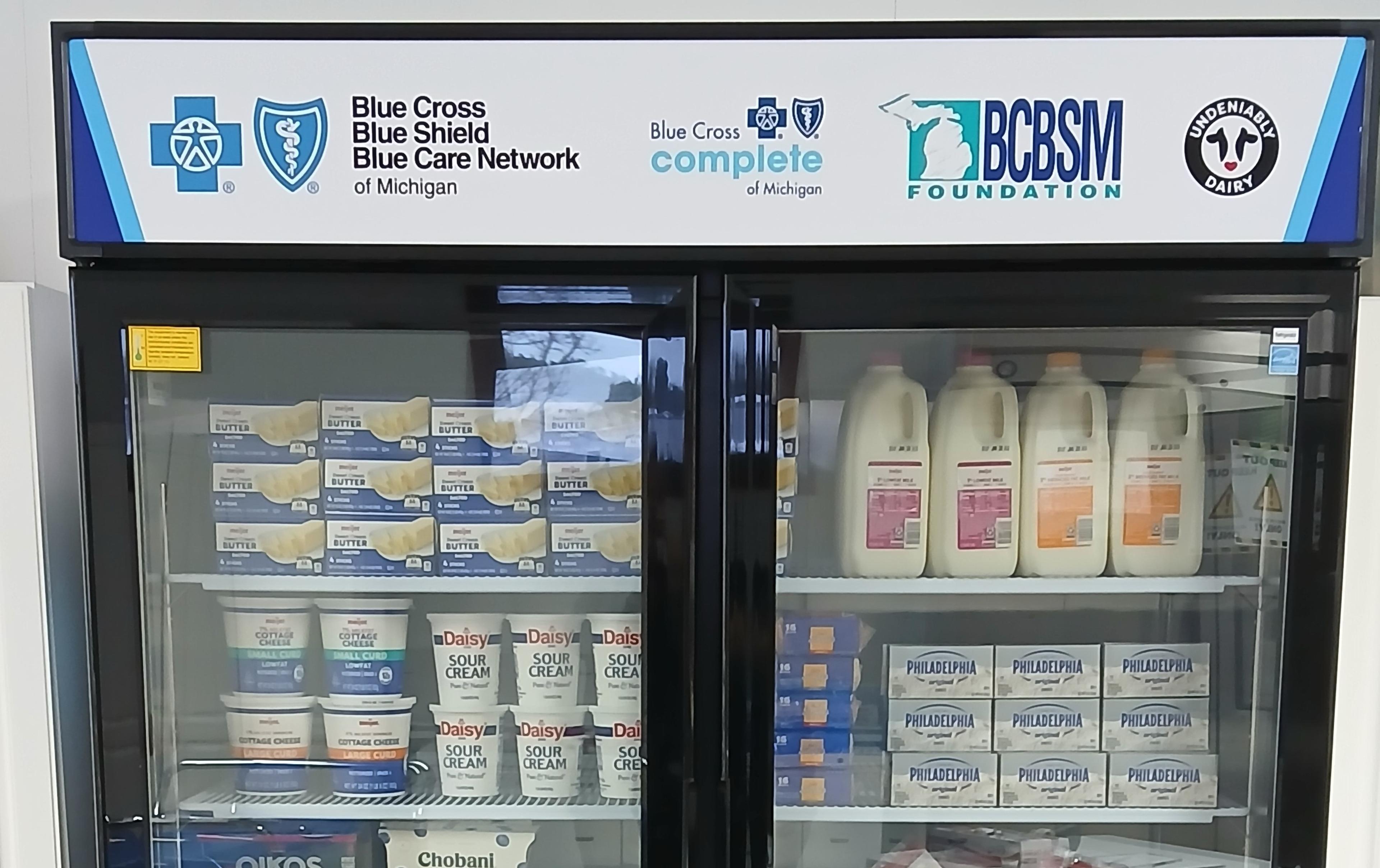Severe allergic reactions causing more ER Visits for U.S. Children

Dr. Gina Lynem-Walker
| 4 min read
Dr. Gina Lynem-Walker, MD, is a former quality medical director for utilization management at Blue Cross Blue Shield of Michigan. She is an internal medicine physician with experience in utilization management, care management and disease management, and is a volunteer faculty member at Wayne State University Medical School. She is married with two children, and enjoys gardening, reading, crafts, music, community service and travel.

For many Americans, allergies can be a simple seasonal nuisance that come around a few times per year. But for parents of children with severe allergies, living with the potential for life-threatening reactions is an unfortunate and all too familiar reality of everyday life. With allergies now affecting 18 percent of children in the United States, it's even more important to shed light on this important topic. In fact, emergency room visits from anaphylaxis, a severe allergic reaction, to food and other allergens spiked 150 percent from 2010 through 2016, according to a recently-released analysis of commercially-insured Blue Cross Blue Shield member medical claims data published by the Blue Cross Blue Shield Association (BCBSA) in its Health of America report, Childhood Allergies in America. The report analyzes outpatient medical claims data over a seven-year period from commercially-insured Blue Cross members across the nation.
Breaking Down the Numbers
The study looked at how many young BCBS members were diagnosed with an allergy and the number of emergency room visits from anaphylaxis from 2010 to 2016. Some of the findings include:
- Children diagnosed as susceptible or at-risk to an anaphylaxis episode increased 104 percent during the study period
- Emergency room trips increased over the same period from 1.4 per 10,000 children in 2010 to 3.5 per 10,000 children in 2016
- Allergic reactions to specific foods were responsible for 47 percent of children’s 2016 anaphylaxis episodes, which can include difficulty breathing, reduced blood pressure, loss of consciousness and potentially death
- The most common foods that trigger severe allergic reactions are peanuts at 22 percent, tree nuts and seeds at 15 percent and milk and eggs at six percent
- 53 percent of these allergic reactions are due to unknown foods or other unspecified causes such as insect bites
These kinds of allergic reactions are extremely serious, especially in children. At times, they can even be fatal if they are not treated immediately. The increase in ER visits demonstrated by the Health of America report shows the increased need for continued awareness around this important topic. With allergies, it can be unclear as to what is causing the reaction, so it’s crucial to talk to your child’s physician if you have any concerns about adverse responses your child may have to foods or their environment. Proper diagnosis and recommended course of treatment can help your child avoid harmful situations. To see the full Childhood Allergies in America Health of America report, visit www.bcbs.com/healthofamerica.
Tips for Keeping Kids Safe
Though adults are often capable of identifying allergic reactions on their own, children generally are not as aware. Thankfully, there are a variety of ways to recognize if a child has an allergy early on and manage the risk of a reaction in everyday life. The best way to avoid allergic reactions is by avoiding the known allergen that triggers the reaction. If there are known allergies and especially severe allergies, remember that —life threatening reactions (anaphylaxis) can happen at any time and can develop very quickly. For those with severe allergies, having access to a self-injectable pen is essential. The injection pen contains a medication called epinephrine, which can immediately begin working to reverse the anaphylactic reaction as it narrows blood vessels and opens airways in the lungs. These effects can reverse severe low blood pressure, wheezing, severe skin itching, hives, and other symptoms of an allergic reaction. Parents with children who are at risk should talk with their primary care physicians, pediatrician or allergy and immunology specialists to determine if they should have an injectable pen to keep in their possession, if needed. Remember, the pen does no good if it is not with the individual at the time of need. If your child is diagnosed at-risk for anaphylaxis:
- Know and avoid triggers. Talk to your child's doctor about visiting an allergist who can review your child's medical history and, if necessary, conduct diagnostic tests.
- Be able to recognize anaphylaxis symptoms. Symptoms may include trouble breathing, hives or swelling, tightness of the throat, hoarse voice, nausea and vomiting.
- Have an emergency plan. Carry a self-injectable epinephrine pen at all times. Inject promptly if your child has an allergic reaction. Complete an action plan to keep at home and on file at your child's school, camp, work and other places. Teach friends and family how to help in an emergency.
About the Author: Dr. Gina Lynem is a physician consultant at Blue Cross Blue Shield of Michigan.
Photo credit: US Department of Agriculture





